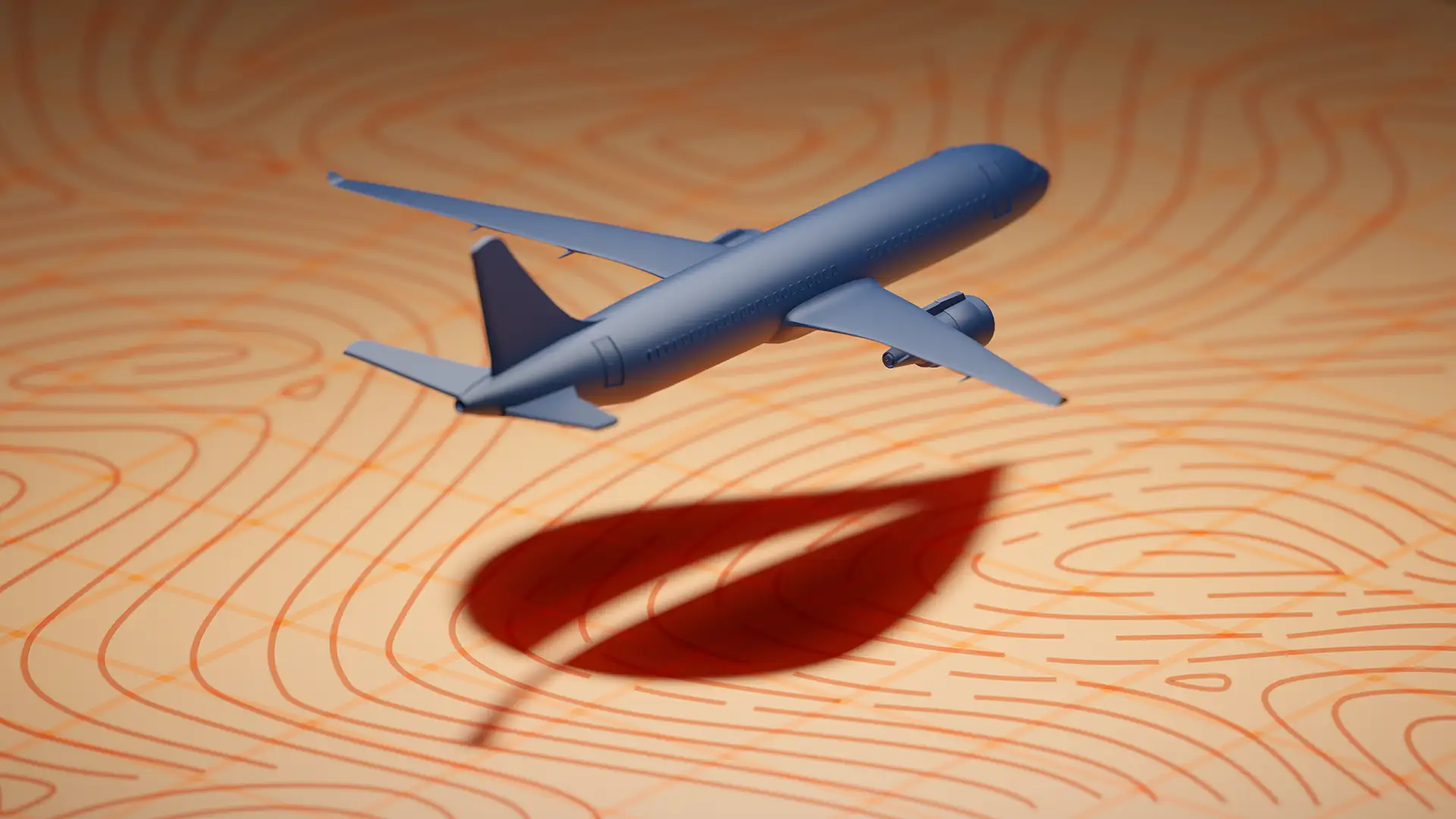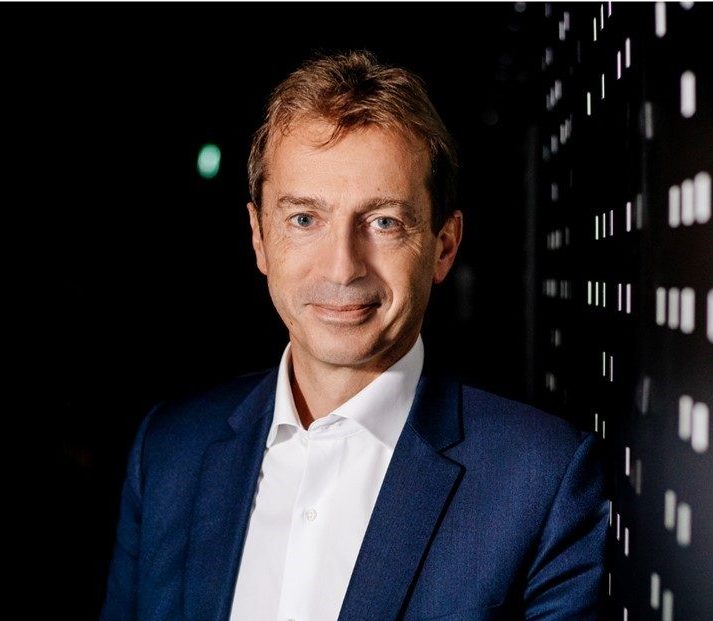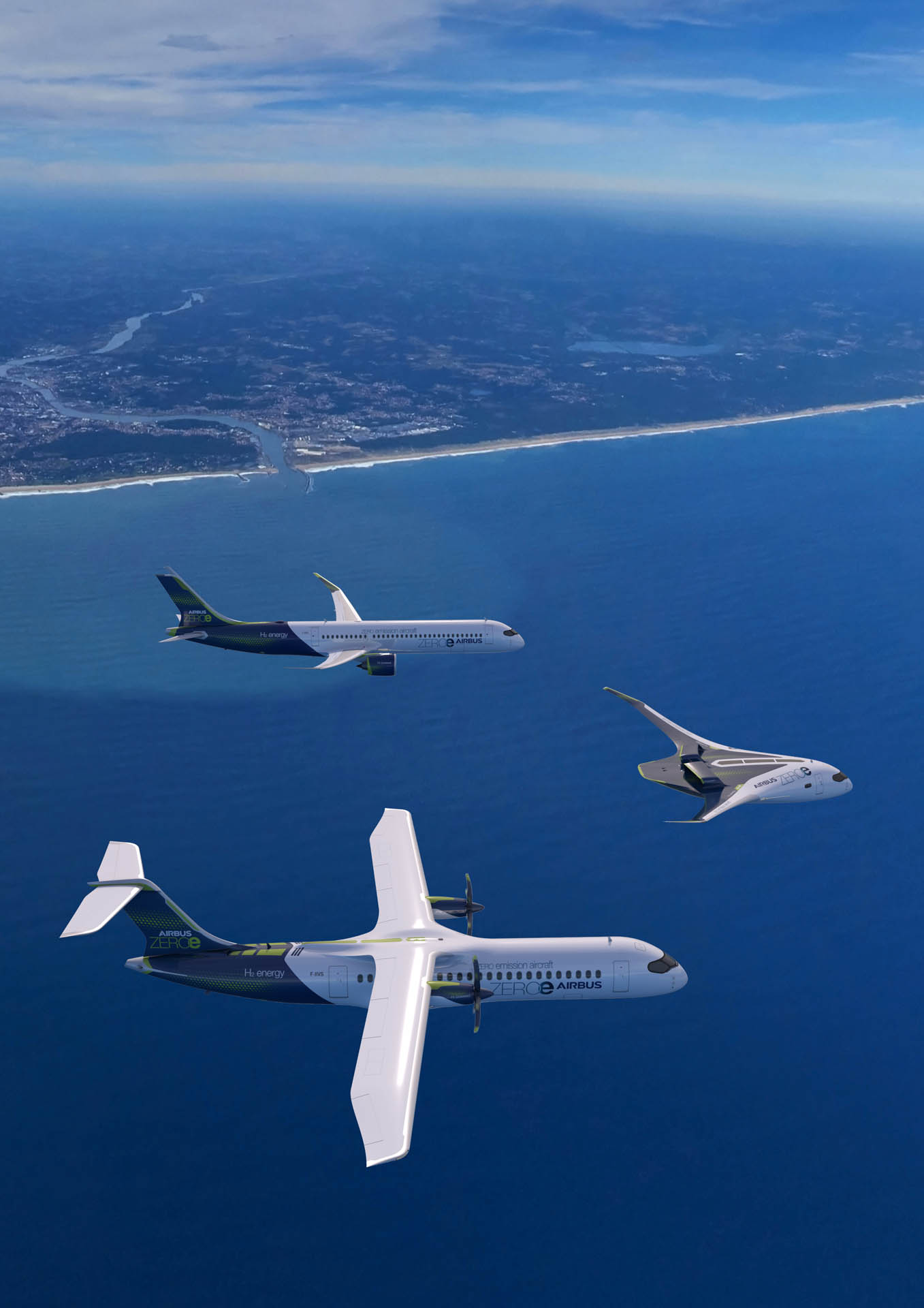After decades of progress during which the world seemed to become smaller and more connected, the past two years have brought about a major shift. Aviation has reached an inflection point centred around two major challenges: engagement in the digital transformation and the decarbonisation of the aviation sector, which will require an unprecedented effort in innovation and investment and recovery from the Covid crisis which has cost airlines and airports over €250 billion.
In practical terms, aviation will have to adapt to new technologies and rely upon new energies, in volumes and at appropriate prices, as well as on new production, transportation and storage assets. This transition will need to involve stakeholders’ way beyond the current boundaries of the aviation ecosystem. Ambition for an innovative aerospace industry has always been a key strategic objective at national level. Through its flagship air transport initiatives CleanSky and SESAR, the EU has been incentivising innovation towards decarbonisation for more than a decade. For its part, Airbus is working on three different concepts for the world’s first zero-emission commercial aircraft by 2035 through its ZEROe initiative.
From visibility, comes efficiency
Air transport is both an agent and a symbol of globalisation and air connectivity that only works in a network built on the same norms. These qualities have also made it arguably the most joined-up and efficient sector in transport – built on the robust foundation of internationally agreed safety regulation and advanced through innovation built on interoperability. In the world of international connectivity, this was the only way to achieve scale. As we move to a new paradigm in air transport, the ambitious objectives once again depend on Single Market approach to the challenge: close cooperation and alignment with manufacturers, airlines, airports and air navigation service providers on the industry side; and with the EU authorities and Member States to change the global ecosystem and support investments.
Parallel runways to decarbonising aviation
The European aviation sector supports the EU Green Deal objectives of carbon neutrality in 2050 and a 55 per cent reduction in CO2 by 2030. The recently announced Destination 2050 initiative – involving various segments of the aviation sector – reflects how they are joining the dots of private sector collaboration for decarbonisation. They have set out a roadmap links the initiatives and policies that will encourage efficiency and innovation, including ambitious targets to scale up sustainable aviation fuels (SAF).
SAF is a ready-to-use technology, capable of reducing emissions by up to 80% across the entire SAF lifecycle compared to traditional jet fuel. Existing aircraft are already certified to use 50% of sustainable fuels (a figure which constantly increases), but the effective drop-in ratio remains far below 1% in practice. To achieve meaningful impact, the real world use of SAF needs to be turbo-charged to market.
In its landmark Fit for 55 package the EU ReFuelEU initiative proposes to gradually scale up the use of SAF, with a starting point of 2% in 2025, moving to 5% in 2030, 20% in 2035, 32% in 2040, and 63% in 2050. The mandate obliges fuel suppliers at EU airports, rather than airlines directly, with the aim of covering all flights departing from locations in the bloc. This does place some obligations on EU airports to provide the necessary infrastructure for the delivery, storage and uplifting of the SAF too. Against that backdrop, diverging approaches are already emerging in key EU Member States. For example, Germany is pursuing a volume-based mandate of a specific type of SAF, while France is pursuing percentage-based use of broader categories of SAF at airports located within its borders. These examples reflect how a harmonised Single Market regulatory framework is needed to ensure that supply and demand can gain scale and SAF can gain lift as an applied solution.
Securing Hydrogen
The second strand lies in liquid hydrogen technology propulsion. For the ZEROe concepts we plan to bring to market by 2035, a complete transformation of aircraft technology and of enabling assets is required. This means supporting innovation and investments in the new technologies, new energy ecosystems and the new infrastructure that will be required to achieve these objectives. A challenge of such magnitude can only be addressed by deepening the Single Market to acknowledge and confirm the role of new technologies and ensure uniform rollout of the infrastructure across the EU airport network.
This will rely on the Single Market regulatory framework keeping pace with breakthrough technologies – such as liquid hydrogen storage, hydrogen combustion in modified gas turbines and hydrogen fuel cells for aircraft applications – all of which are still being evaluated and tested. The objective is harmonisation of new hydrogen regulations, as well as clear, long-term support on emissions regulation in the form of mandates. Not unlike the situation with SAF, it will also require funding to ensure the availability of energy (sustainable fuels and hydrogen) in the right quantities, at the right place, at the right time, and at an affordable price.
The infrastructure to deliver hydrogen won’t simply pop up overnight. In the highly regulated space of the airport site, the best way to ensure that infrastructure-lag doesn’t slow down the decarbonisation of air transport is to view the rollout of new technologies through the lens of the Single Market. This is the fastest route to making cleaner energy solutions available at a critical mass of airports across EU Member States. For that to happen by 2035, regions will need some financial supported and technology rollout will require mapping, planning, coordination and post-construction verification and maintenance.

Ultimately, a level playing field is at the heart of a decarbonised aviation industry, based on a Single Market regulatory framework endorsed by all Member States – to help lift barriers to market uptake. Alliances on Recycled and Low Carbon Fuels and Zero-Emission Aviation as well as Important Projects of Common European Interest (IPCEIs) on Hydrogen have a part to play their part in helping discourage fragmentation at the European level. One additional idea that could go a step further, is the establishment of an EU Pact for Sustainable Aviation, with a system of positive incentives, and synergies across different EU instruments (including EU ETS revenues).
However, given the fragility of the aviation sector as it slowly emerges from the Covid crisis, all mandates will needed added economic measures – which can help absorb inherent extra costs along the value chain – so that the decarbonised next generation of European aviation can take off.
The decarbonisation of aviation will need airlines, manufacturers and regulators to work hand in hand at joining the dots and creating the right environment for success.
In the highly regulated space of the airport site, the best way to ensure that infrastructure-lag doesn’t slow down the decarbonisation of air transport is to view the rollout of new technologies through the lens of the Single Market.

